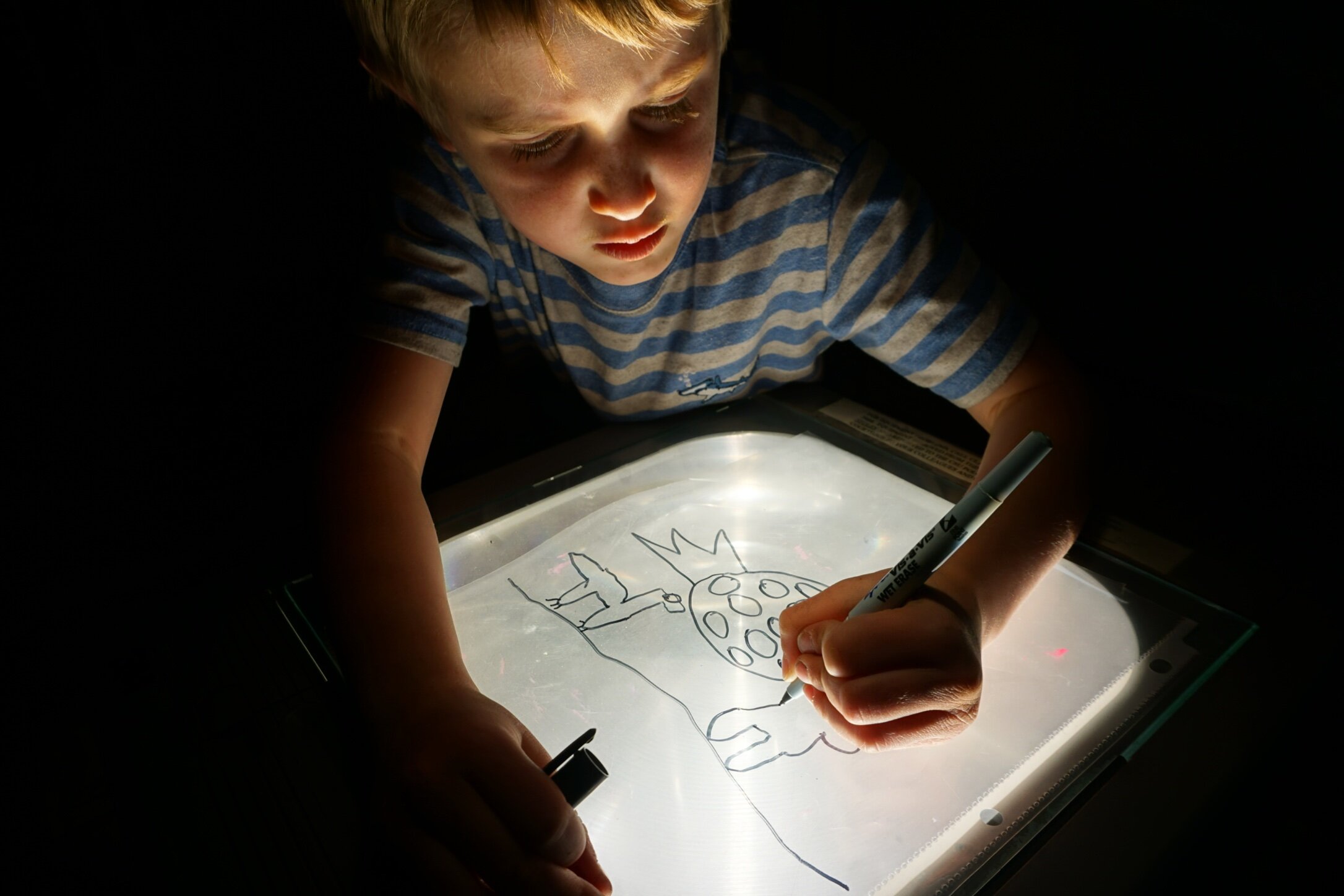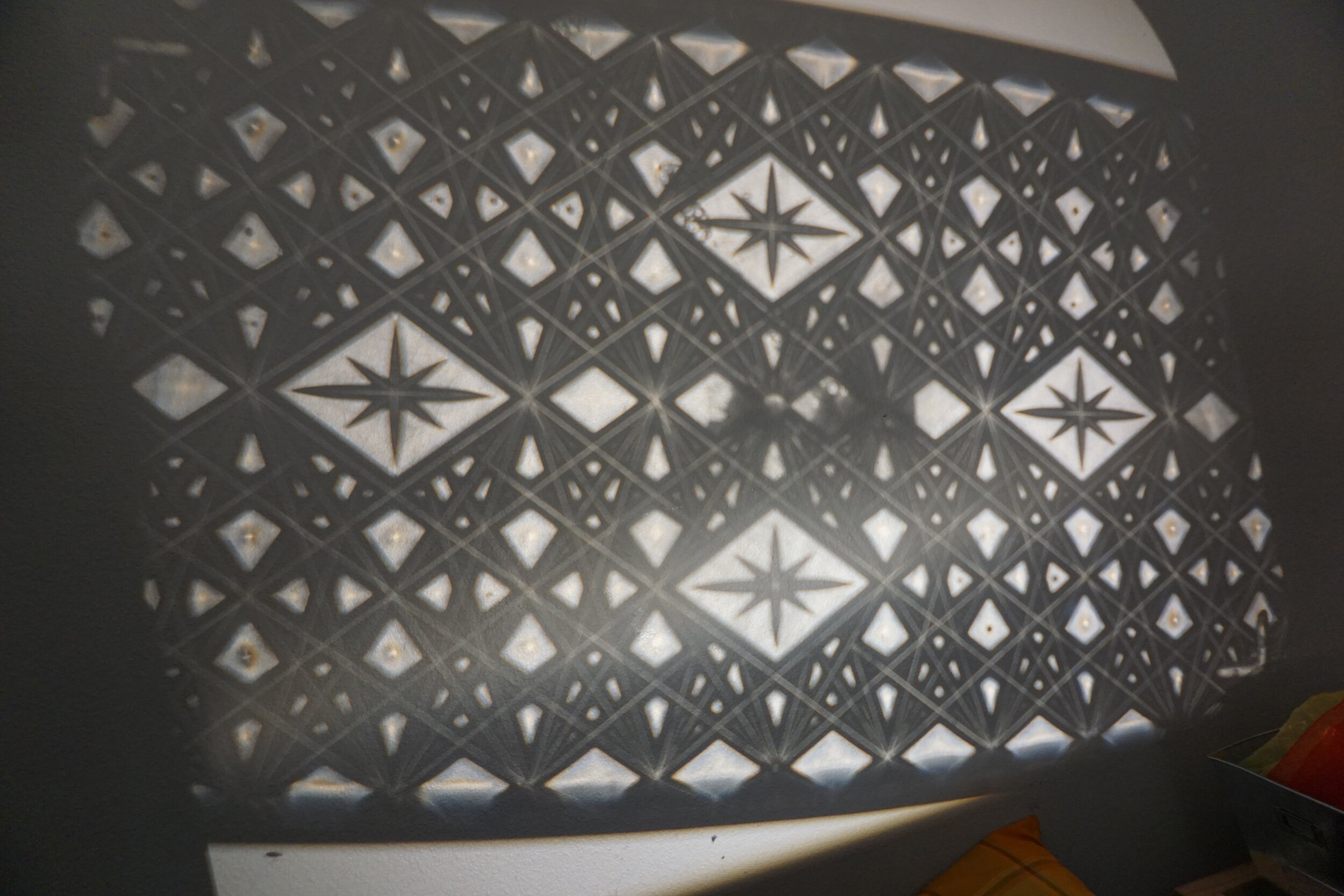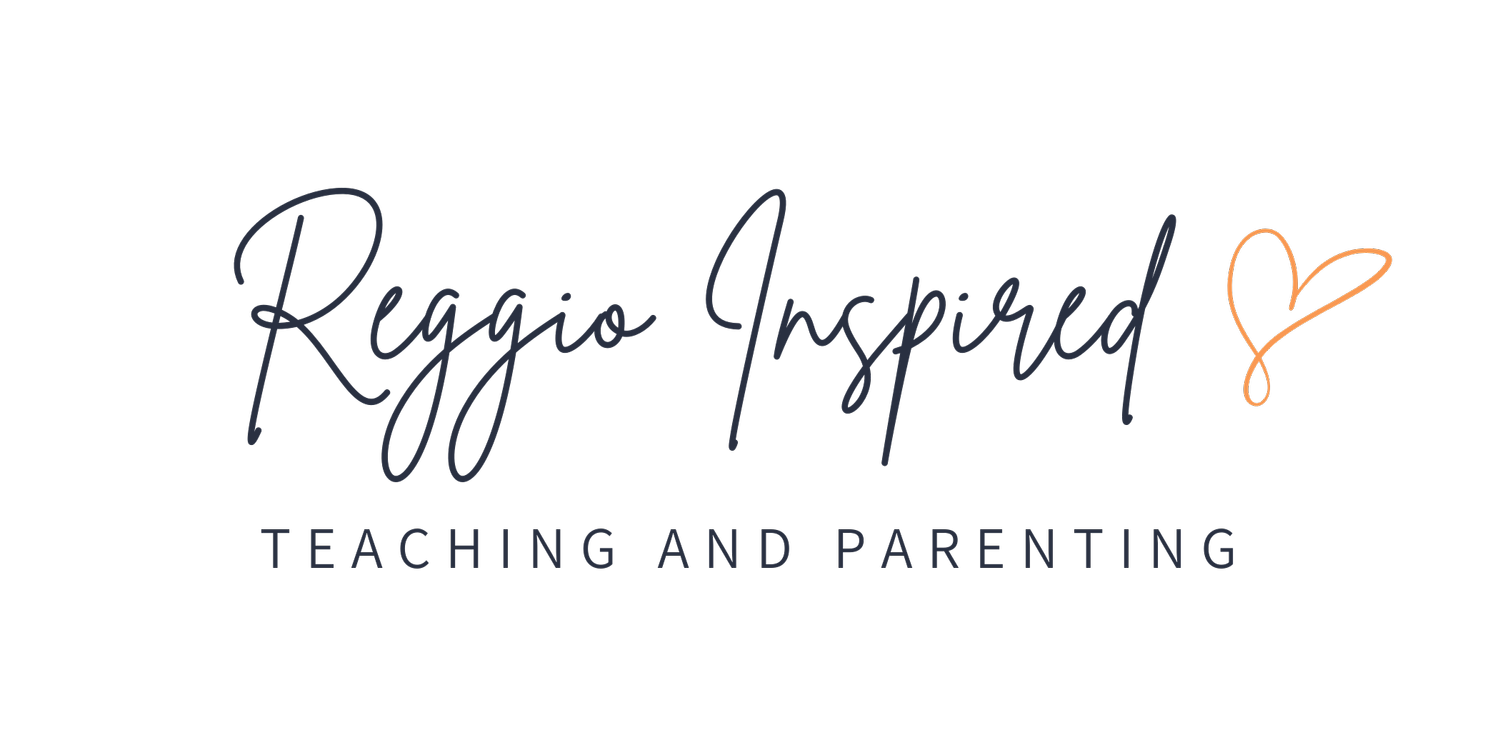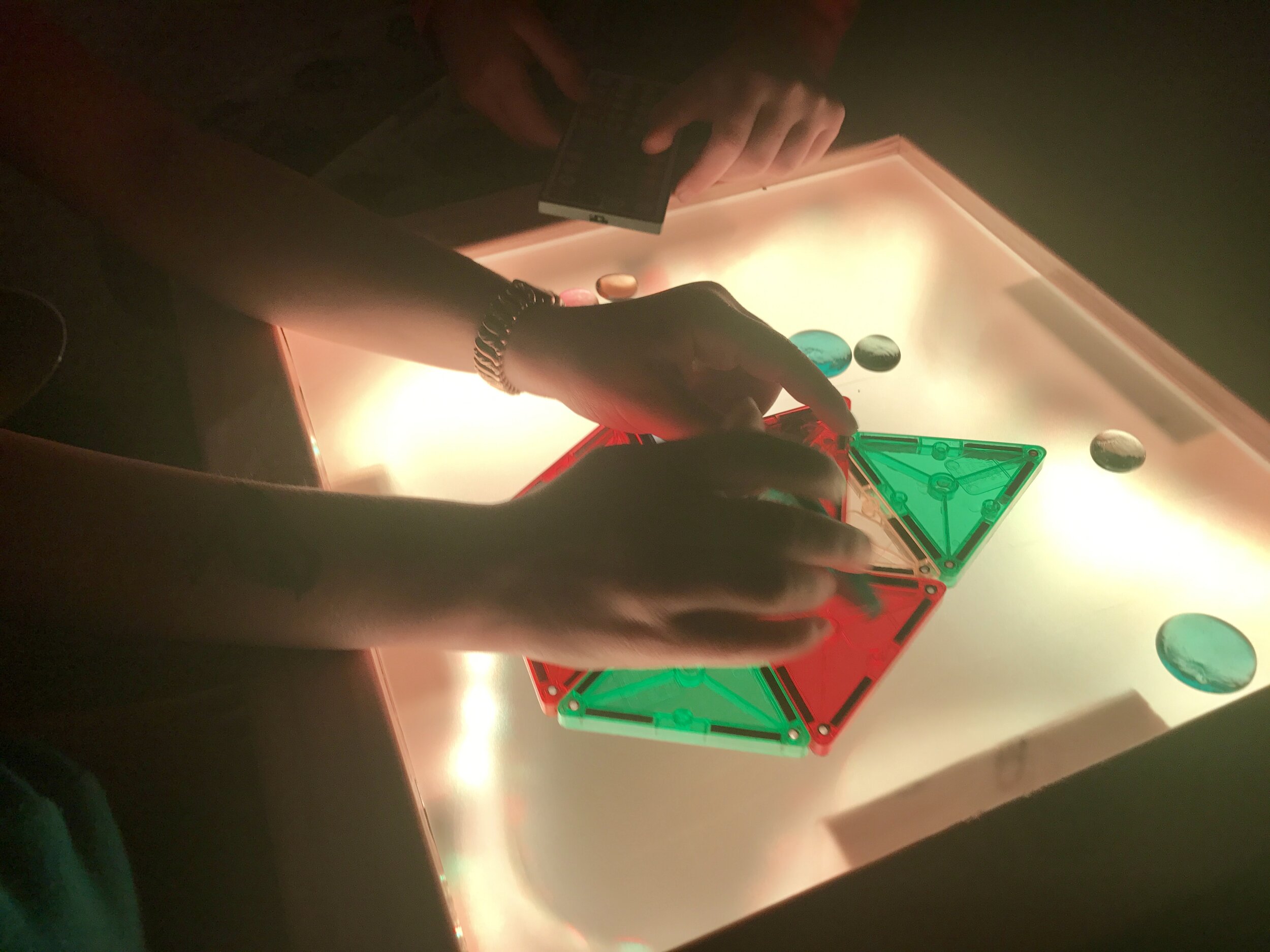How-to Guide: Reggio-Inspired Light & Shadow
There is something magical about playing with light and shadow! Children are full of awe and wonder as they watch images grow and shrink depending on its distance from a light source. Shadow play introduces a new way of looking at the environment with curiosity and imagination.
In Reggio-Inspired schools, light and shadow is also known as one of the principles of transparency. By definition, transparency implies openness in such a way that allows light to pass through so that objects behind can be seen. The idea of transparency is also a metaphor to the openness of ideas and theories from children and families.
How do you get started? Truth be told, when I first started teaching I was intimidated by this concept and where to begin. In our Reggio-Inspired courses and book, we dive further into how-to-add light and shadow elements to your classroom. Here’s some initial ideas to kickstart your endeavors:
How to add Reggio-Inspired Light & Shadow
Natural Light - Large windows allow children a view into the outside world.
Mirrors - The use of mirrors on the walls, right angles, and interesting places provide reflection and unusual viewpoints.
Crystal Prisms/CDs - By hanging up prisms and CDs by the window, you can create the individual bands of color that look like a rainbow.
Open Shelving - Shelves that you can access from both sides allow light to pass through and display objects from both directions.
Artificial Light - Light can be projected in the classroom to facilitate investigations, spark their curiosity, or simply to play with light and shadow.
Overhead Projector - These old school projectors are wonderful!
Light Table - You can buy one online or you can make your own light table with how-to directions on the Roots & Wings blog. I also loved the brilliant TinkerLab version using a plastic tub and lights.
Flash Lights & Shadow Play - Create a shadow theater using a box and tracing paper. Put the flashlight behind the box to display objects for the class. Trace their shadows outside or use objects and trace their shadows.
Materials to use on a Light Table
All of the materials I suggest for the light table, can also be used for the overhead projector:
Magna Tiles
Translucent Pattern Blocks
Gemstones (sorting/counting)
3D Geometric Solids
Transparent Chips











Materials to use on an Overhead Projector
Found items in nature (pinecones, shells, acorns, feathers, flowers, tree cookies, etc)
Letters (I’ve used our magnet letters)
Plastic animals for shadow play
Animal x-rays
Gemstones (sorting/counting)
Transparency sheets and Vis-a-Vis markers - The kids will love this one as it looks like they are drawing on the wall!
Attach a large piece of paper to the wall and sketch the projected patterns or shadows
Self-portraits with loose parts
SHADOW PLAY
My class has so much fun with shadow play that I wanted to create a whole investigation dedicated to this idea. During our animal investigation, we made a shadow theater using a box and tracing paper. I modeled several stories for the children using the theater. Another game to play behind the shadow box is a guessing game. You can have a child pick familiar objects and have their peers guess what the objects are by their shadow.
Have fun experimenting, testing and projecting light across the room. Once you start adding these elements, you will experience light in new ways!
Would you like to learn more about the principles of Image of the Child, Documentation, Environment as the Third Teacher, and other key aspects of the Reggio Emilia approach?
Explore our Reggio-Inspired courses and Reggio-Inspired Teacher Playbook to enhance your grasp of the Reggio philosophy and gain practical insights on how to implement this philosophy in your classroom.
About the Authors:
Megan Haynes and Priscilla Patti are two highly experienced and qualified early childhood educators who are passionate about teaching in a Reggio-Inspired way. They firmly believe in its transformative power in early childhood education.







